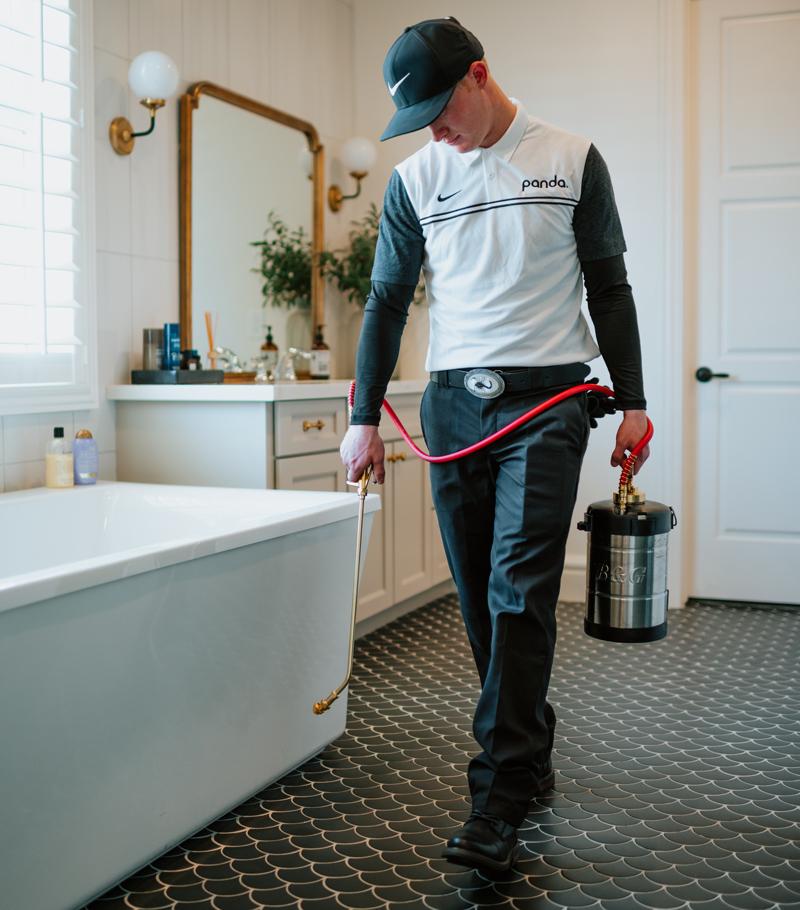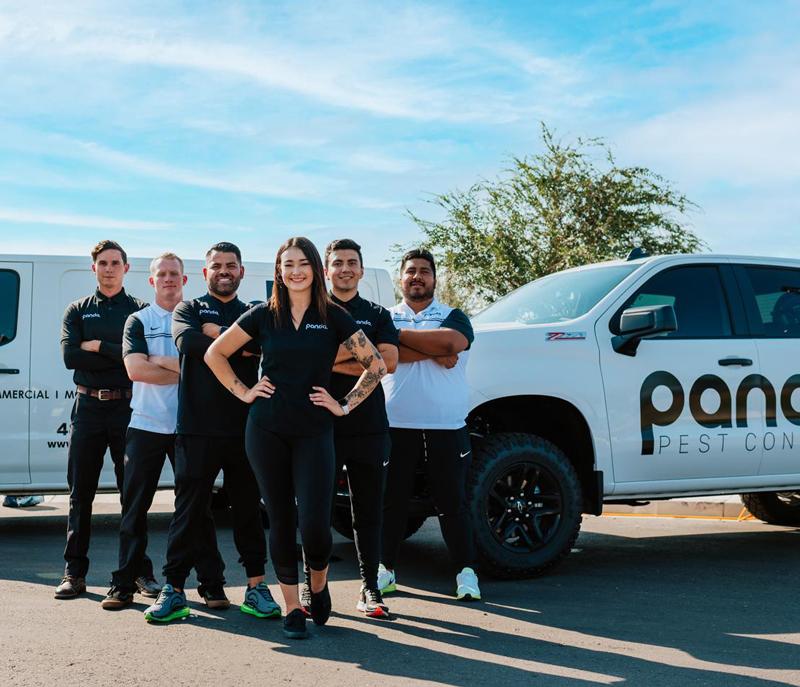When pest infestations happen at home, you want them gone fast. But how?
Below, we discuss the different types of treatments used to address pest infestations, what makes each one better for a particular situation, and why you should consider this type of treatment.
Physical Control Methods
Physical control involves removing pests or blocking their entry without using substances or treatments.
Benefits:
- Immediate results for visible pests
- No substances applied in your home
- Works well for isolated incidents
- Can prevent future invasions when done properly
- Safe for homes with pets and children
Drawbacks:
- Labor intensive and time-consuming
- Requires ongoing maintenance
- May not address hidden populations
- Limited effectiveness for established infestations
- Often needs combining with other methods for complete control
Trapping works particularly well for larger pests like rodents but proves less effective for insects that reproduce rapidly, like ants. Exclusion techniques work preventatively but may not solve existing problems.
Mechanical Control Options
These include devices and tools designed specifically for pest removal and prevention.
Benefits:
- Targeted removal of specific pests
- Can work continuously without supervision
- Often reusable for long-term protection
- Minimal impact on non-target organisms
- No substances to worry about
Drawbacks:
- Usually addresses only one type of pest
- May require frequent checking and maintenance
- Can be unsightly in visible areas
- Sometimes attracts pests without fully capturing them
- Effectiveness varies widely between products
Eco-Friendly Treatment Options
Benefits:
- Uses natural compounds without harsh substances
- Combines botanical ingredients with strategic placement
- Minimizes environmental impact while maximizing effectiveness
- Particularly effective for ongoing prevention after initial control
- Safer for households with pets, children, or sensitive individuals
Drawbacks:
- Works more slowly than conventional treatments
- Requires patience for complete results
- Needs more frequent reapplication for lasting protection
- Less immediate impact on persistent pests like fire ants
- May cost more than conventional alternatives
Perimeter Protection
Benefits:
- Creates protective boundaries around property entry points
- Establishes zones of defense around foundations, windows, and doorways
- Provides comprehensive coverage for climbing pests like scorpions
- Stops pests before they enter living spaces
- Works preventatively rather than reactively
- Particularly effective against yellow ground scorpions that camouflage in landscape features
Drawbacks:
- Requires regular maintenance as weather degrades protection
- Doesn’t address pests already inside the home
- Needs proper application to avoid gaps in coverage
- May need adjustment seasonally as pest behavior changes
- Effectiveness varies depending on property layout and surrounding vegetation
Integrated Control Approaches
Combining multiple methods creates more effective, sustainable pest control.
Benefits:
- Addresses different aspects of pest problems
- Reduces reliance on any single method
- More complete long-term results
- Adaptable to changing conditions
- Often more cost-effective over time
Drawbacks:
- Requires more planning and knowledge
- Can seem more complicated initially
- Needs consistent application
- May include multiple service visits
- Results sometimes take longer
Professional pest control services often use this approach, combining exclusion techniques, targeted treatments, and ongoing monitoring for best results.
Choosing What Works For Your Situation
There’s no universal treatment when it comes to pests. Each method is different. When you choose between each method, you have to consider the most important factors, including:
- The specific pest involved
Different pests require different approaches. Scorpions respond to very different treatments than silverfish or ants.
- The severity and extent of the problem
A single cockroach needs different handling than a full infestation. Minor problems might be solved with simpler methods.
- Your home’s specific conditions
Older homes with more entry points need different approaches than newer construction. Homes with pets or children require additional safety considerations.
- Your personal preferences and priorities
Some people prefer methods with minimal substances, while others prioritize quick results.
- Long-term prevention vs. immediate control
Some methods excel at quick knockdown but offer little long-term protection. Others work slowly but provide lasting results.
The Value of Professional Assessment
Benefits:
- Training to identify specific pest species
- Access to professional-grade products
- Equipment for hard-to-reach areas
- Experience with local pest behavior
- Comprehensive treatment plans
For serious infestations of pests like fire ants, scorpions, or carpenter ants, professional help often provides the most effective solution.
Final Thoughts
No single pest control method works perfectly for every situation. The most successful approaches typically combine several methods, addressing both immediate problems and long-term prevention.
By understanding the benefits and limitations of different pest control options, you can make informed decisions about protecting your home. Whether dealing with ants in the kitchen, scorpions in the yard, or silverfish in the bathroom, knowing your options helps you respond effectively to unwanted visitors.
Remember that timing matters. Taking time to understand which methods work best for your specific situation leads to more effective control with fewer applications, saving money and disruption to your household routines.



